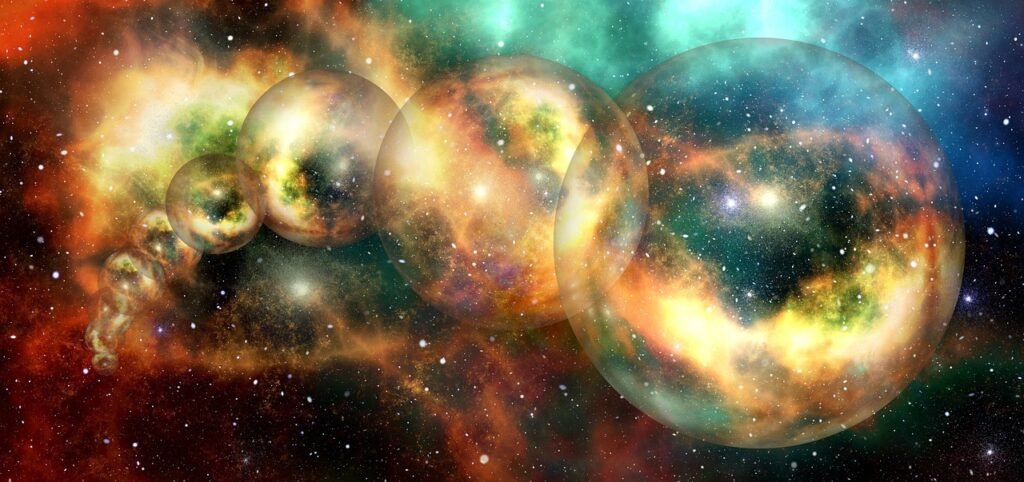Modern cosmology has given us theories so mind-bending they make science fiction look conservative. From the possibility that we’re living in one of countless parallel s to the notion that everything we know could be a sophisticated computer simulation, these ideas are reshaping how we think about existence itself. Let’s dive into the rabbit hole of modern physics and explore these fascinating possibilities that challenge everything we thought we knew about reality.
The Eternal Inflation and Bubble Universes
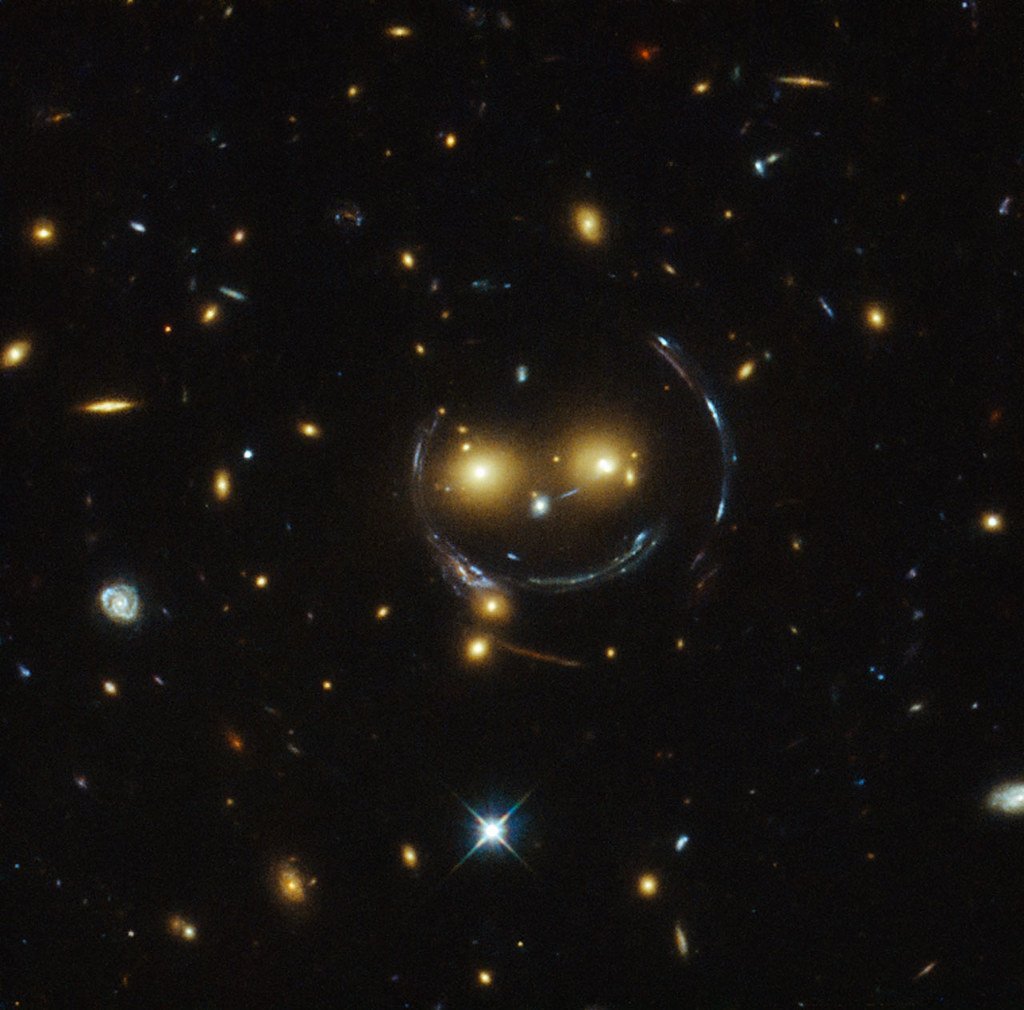
Picture our universe as just one bubble in an endless cosmic foam, continuously sprouting new realities. The theory of cosmic inflation provides one of the strongest arguments. This theory states that space grew fast right after the Big Bang. This quick expansion might have created “bubbles” of space, with each bubble possibly becoming its own universe. This isn’t just wild speculation anymore – it’s become a serious contender in modern theoretical physics.
In most current inflation models, reheated bubbles typically do not percolate, so inflation is ‘eternal’ and continues with exponential expansion in the region outside the bubbles. These causally disconnected bubble Universes constitute a ‘multiverse’, where low-energy physics can vary between different bubbles. Each bubble universe could have completely different physical laws, constants, and even dimensions. What works in our reality might be meaningless in another cosmic bubble floating nearby.
The Many Worlds of Quantum Mechanics

Every time you make a decision, does another version of you make the opposite choice in a parallel Deutsch’s multiverse interpretation of quantum mechanics proposes that particles exist in multiple states simultaneously, a phenomenon that quantum computers leverage for their computational power. His work, particularly in the 1980s, built on the “many-worlds interpretation” of quantum mechanics proposed by Hugh Everett in the 1950s. The many-worlds interpretation attempts to show that every quantum event results in a branching of the universe into multiple, coexisting realities.
Recent developments have made this theory even more intriguing. Some researchers have suggested that quantum computation success might support interpretations involving parallel universes, aligning with multiverse-based quantum mechanics theories. These ideas echo the theories of British physicist David Deutsch, who was among the first to suggest that quantum computation might involve parallel universes. Every quantum measurement might literally split reality into multiple versions.
String Theory’s Landscape of Possibilities
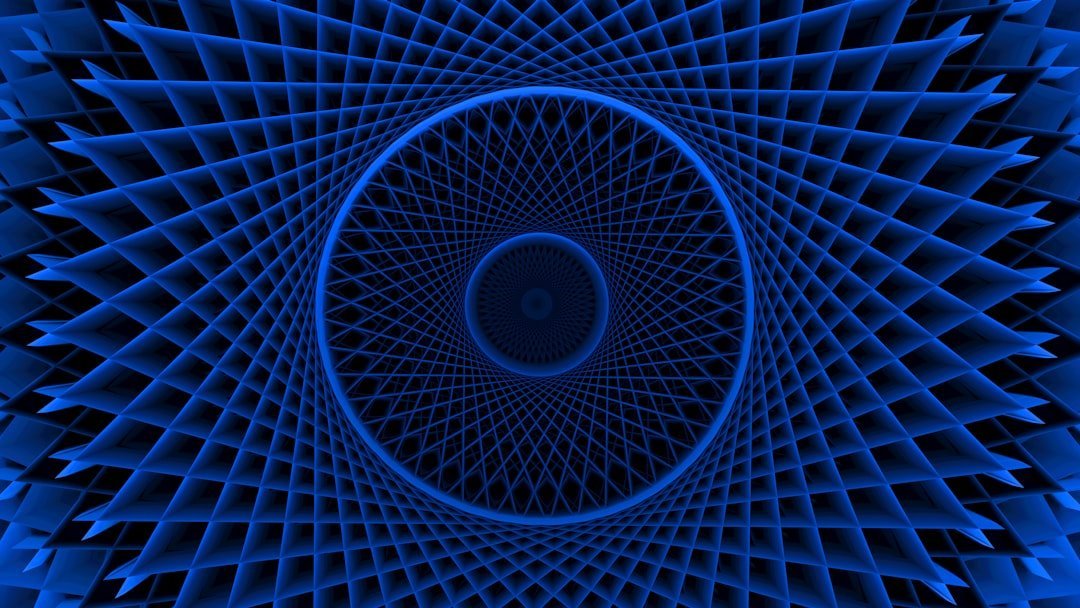
String theory, a leading candidate for the theory of everything, suggests a landscape of possible universes within a higher-dimensional space. This “string landscape” could validate the concept of a multiverse, lending credence to the idea that our universe is one of many in a vast cosmic network. Think of it like a massive library where each book represents a different universe with its own unique set of physical laws.
String theory is the notion that the fundamental building blocks of the universe are extremely tiny, vibrating strings. The strings may vibrate in different patterns, possibly leading to other physical laws in other universes. This suggests that string theory could be an entry to the multiverse. Each vibration pattern could create a completely different reality – one where gravity works backwards, or where time flows in multiple directions simultaneously.
The Simulation Hypothesis Revolution

What if everything you’ve ever experienced is just sophisticated code running on some cosmic computer? In 2003, philosopher Nick Bostrom proposed the simulation argument, which suggests that if a civilization becomes capable of creating conscious simulations, it could generate so many simulated beings that a randomly chosen conscious entity would almost certainly be in a simulation. if advanced civilizations do create them, the number of simulations would far exceed base reality and we would therefore almost certainly be living in one.
The idea has gained serious traction recently. Further support for the hypothesis comes from developments in physics and cosmology. Several researchers have pointed to the discrete nature of reality at its most fundamental levels as evidence consistent with computational systems. For instance, in quantum mechanics, particles exhibit behavior that appears constrained to fixed states when measured, much like the resolution of a digital image. Additionally, the universe’s adherence to mathematical laws, including constants such as the speed of light, has been interpreted by proponents as evidence for a software-like set of rules underpinning existence.
The Fine-Tuning Problem and Anthropic Selection

Our universe seems suspiciously perfect for life. The constants of physics are balanced so precisely that even tiny changes would make stars, planets, and ultimately life impossible. The anthropic principle suggests that the existence of a multitude of universes, each with different physical laws, could explain the asserted appearance of fine-tuning of our own universe for conscious life. The weak anthropic principle posits that we exist in one of the few universes that support life.
This creates a fascinating selection effect. Supporters counter that indirect evidence, such as the fine-tuning of physical constants in our universe, may suggest the presence of other universes with different laws of physics. The multiverse theory offers potential explanations for several cosmological mysteries, including why our universe appears to be fine-tuned for life (the anthropic principle) and the origin of the cosmic inflation. We might only exist to ponder these questions because we happen to live in one of the rare universes where pondering is possible.
Scientific Skepticism and Physical Constraints
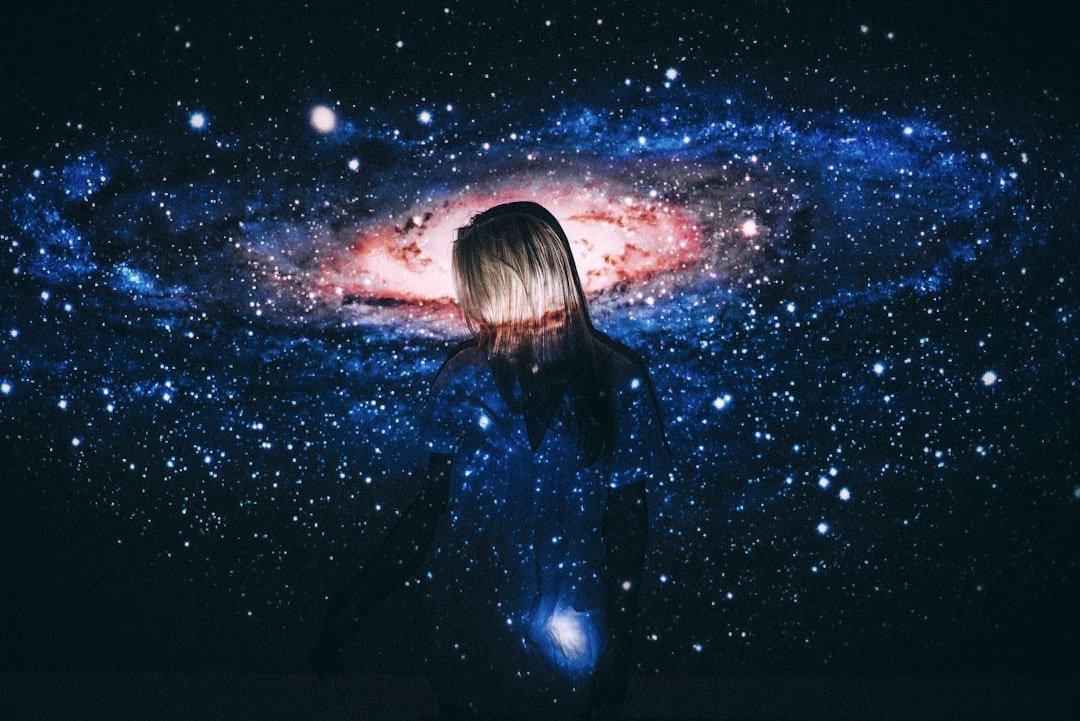
Not everyone is buying into these mind-bending theories. Some physicists have raised serious concerns about their scientific validity. The hypothesis has received criticism from some physicists, such as Sabine Hossenfelder, who considers that it is physically impossible to simulate the universe without producing measurable inconsistencies, and called it pseudoscience and religion. Cosmologist George F. R. Ellis, who stated that “[the hypothesis] is totally impracticable from a technical viewpoint”, and that “late-night pub discussion is not a viable theory”.
Recent research has provided even more damning evidence against simulation theories. In all cases, the amounts of energy or power required by any version of the simulation hypothesis are entirely incompatible with physics or (literally) astronomically large, even in the lowest resolution case. To be sure, all cosmologists accept that there are some regions of the universe that lie beyond the reach of our telescopes, but somewhere on the slippery slope between that and the idea that there is an infinite number of universes, credibility reaches a limit. As one slips down that slope, more and more must be accepted on faith, and less and less is open to scientific verification. Extreme multiverse explanations are therefore reminiscent of theological discussions. Indeed, invoking an infinity of unseen universes to explain the unusual features of the one we do see is just as ad hoc as invoking an unseen Creator. The multiverse theory may be dressed up in scientific language, but in essence, it requires the same leap of faith.
Conclusion: The Ultimate Question Mark
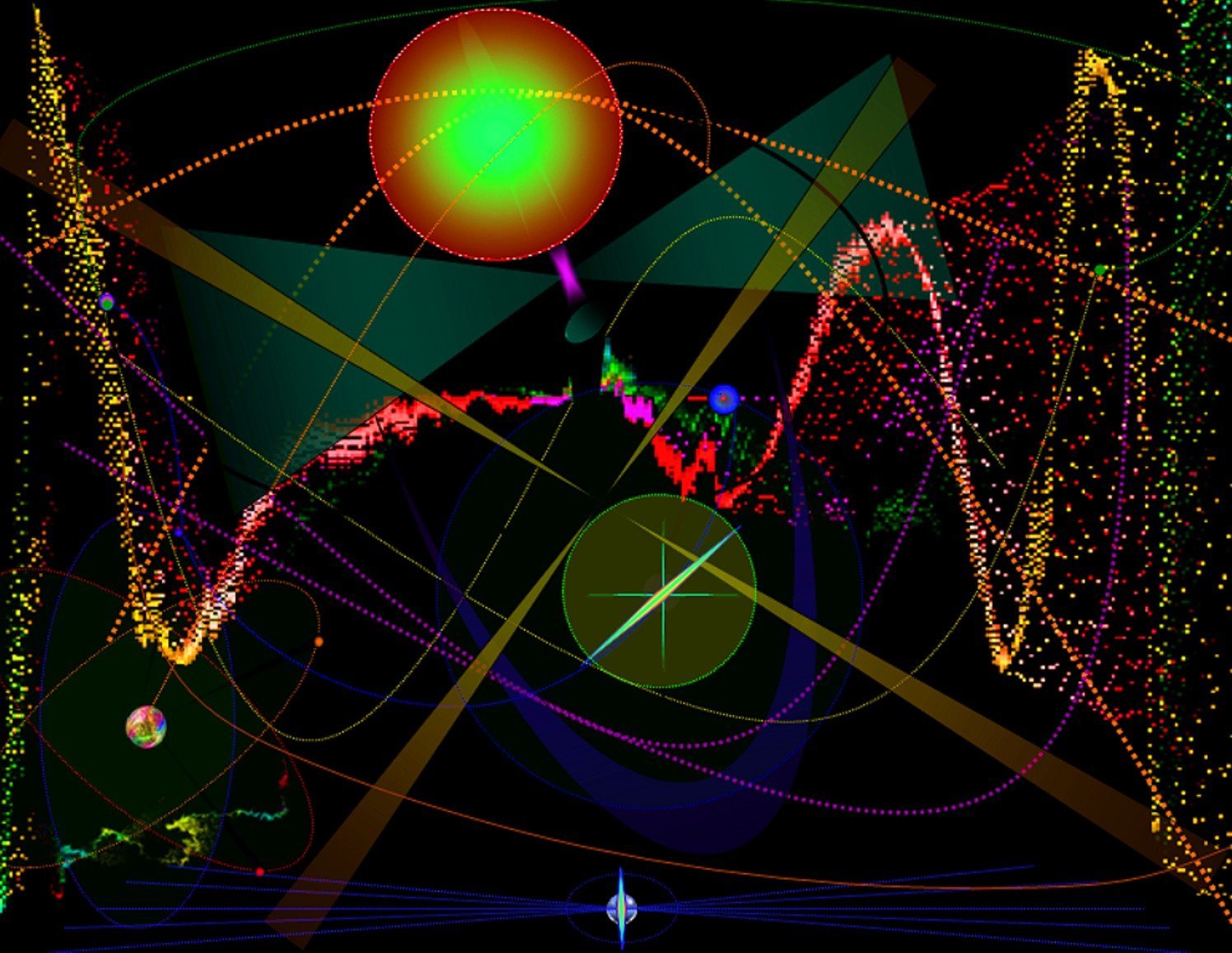
So here we are, standing at the edge of human knowledge, peering into possibilities that would have been pure fantasy just decades ago. Whether we’re floating in a cosmic bubble bath of infinite universes, experiencing one branch of an endlessly splitting reality tree, or running as code on some unimaginable computer, these theories force us to confront the most fundamental questions about existence.
The beauty of these ideas isn’t just in their mind-bending implications, but in how they push the boundaries of what science can explore. The multiverse theory remains one of the most fascinating and controversial topics in modern cosmology. While it challenges our traditional views of the cosmos, it also offers a new framework for understanding the complexities of the universe and our place within it. Despite the debates and unresolved questions, the exploration of the multiverse continues to push the boundaries of science, philosophy, and human curiosity. Even if we can’t prove these theories yet, they’re already changing how we think about reality itself.
Maybe the real question isn’t whether we live in a universe within a universe, but whether that distinction even matters. After all, if consciousness can emerge and ask these questions regardless of the underlying reality, perhaps the search itself is what makes us truly human. What do you think – are we cosmically significant, or just fortunate accidents in an infinite sea of possibilities?

